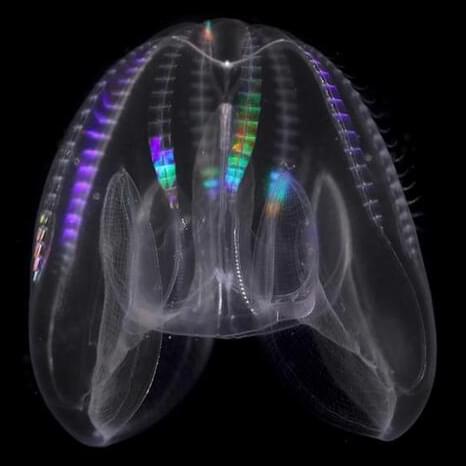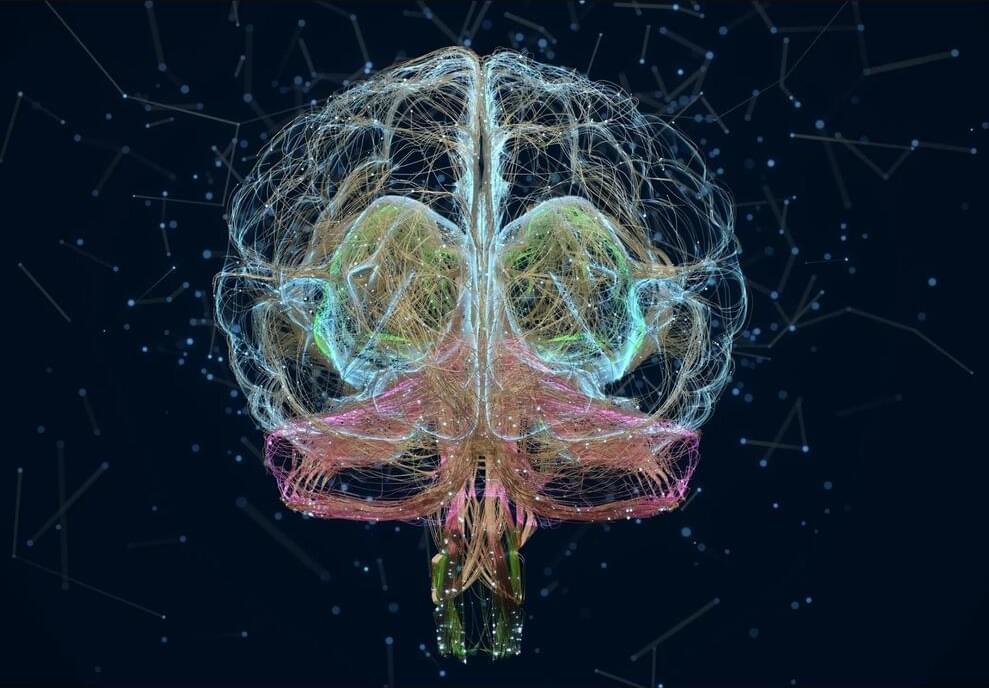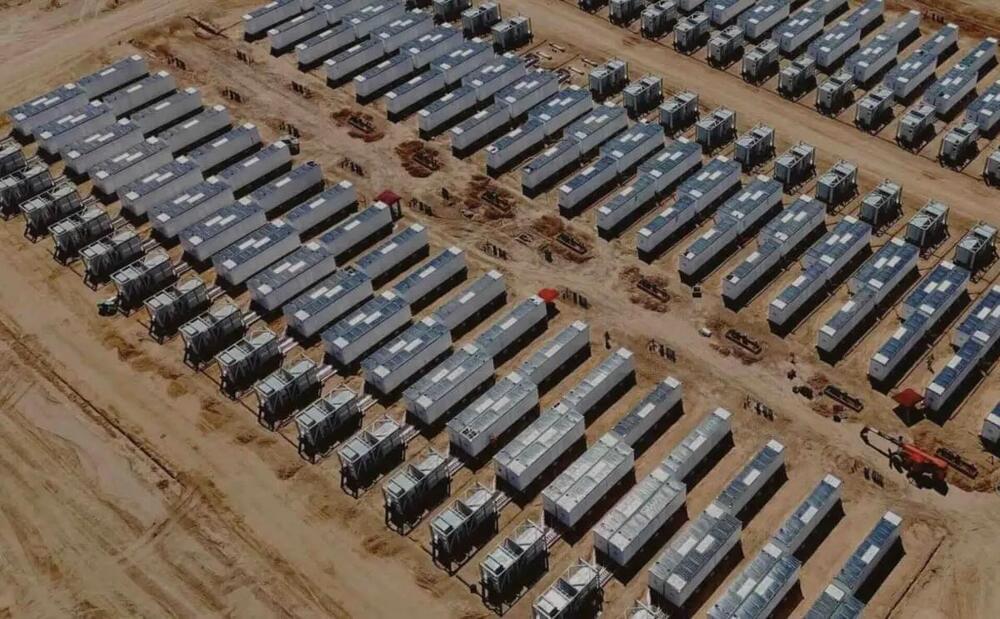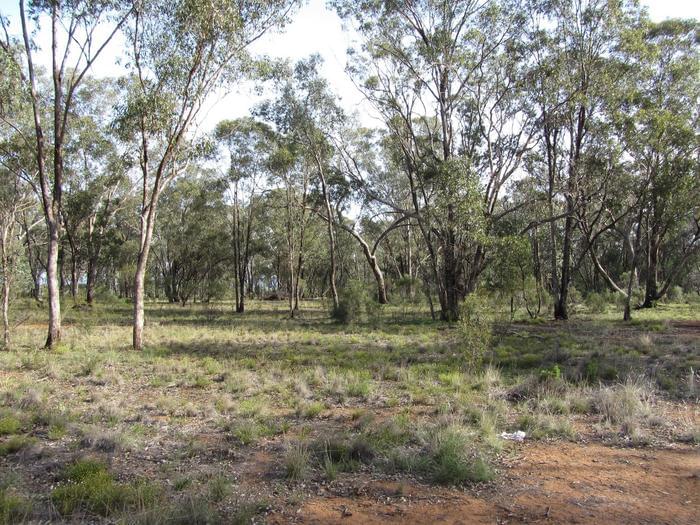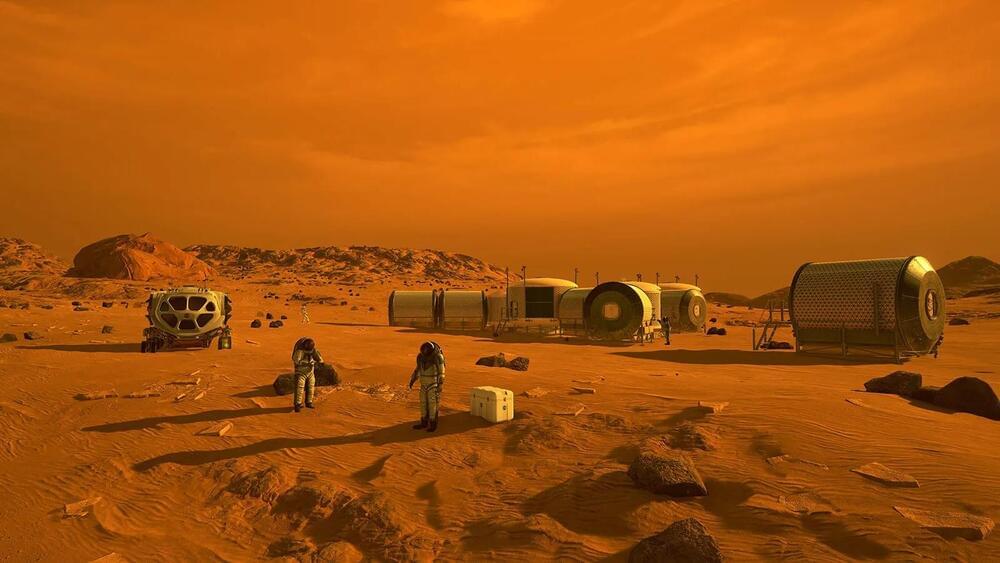Aug 23, 2024
Humans with Intelligence Amplification IA and Artificial Intelligence AI
Posted by Dan Breeden in categories: mobile phones, robotics/AI
Everybody is talking about Artificial Intelligence (AI). It is in our computers, services and even our mobile phones. The AI composes our messages, predicts our moves and even takes photos for us. Are we – humans – going to become “obsolete” in a matter of years?! Maybe there is a last chance – Intelligence Amplification (IA).
While an AI needs to be developed from scratch, we humans, already have great intelligence thanks to countless years of evolution. A modern human’s brain is an awesome tool!
Among us, there are some geniuses, but imagine if everybody can become one. And not just a genius, but a super-genius. Smarter than every person who has ever lived before! This is the idea behind Intelligence Amplification. To use our intelligence as a base and to add computers to make us smarter beyond our imagination. A hybrid, a work of art!



